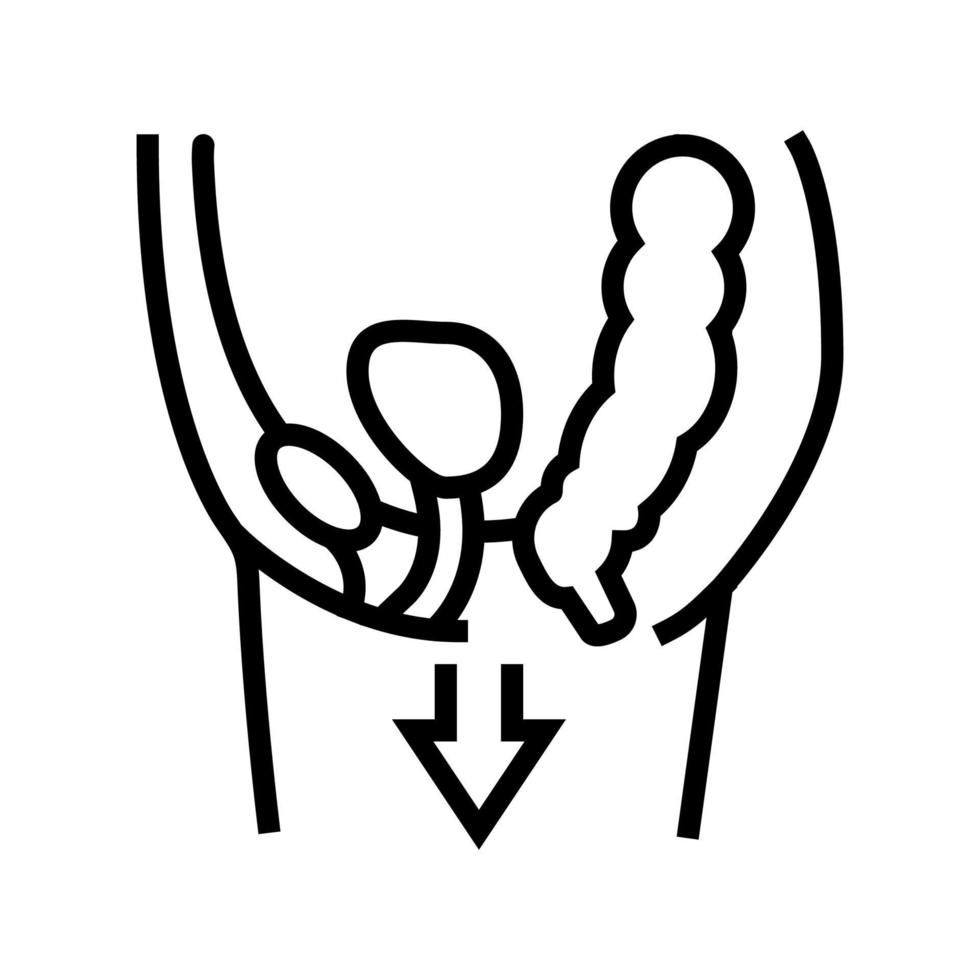What Causes It?
Pregnancy and vaginal childbirth, especially prolonged labor or large babies
Aging and menopause with decreased estrogen levels
Chronic straining from constipation, heavy lifting, or chronic cough
Previous pelvic surgeries including hysterectomy
Genetic predisposition with naturally weaker connective tissues
Obesity placing increased pressure on pelvic floor muscles
Signs & Symptoms
Feeling of pressure, heaviness, or fullness in the pelvis
Visible or palpable bulge protruding from the vagina
Urinary problems including incontinence or difficulty emptying bladder
Bowel dysfunction such as constipation or need for manual assistance
Discomfort or pain during sexual intercourse
Lower back pain and pelvic discomfort that worsens with activity
